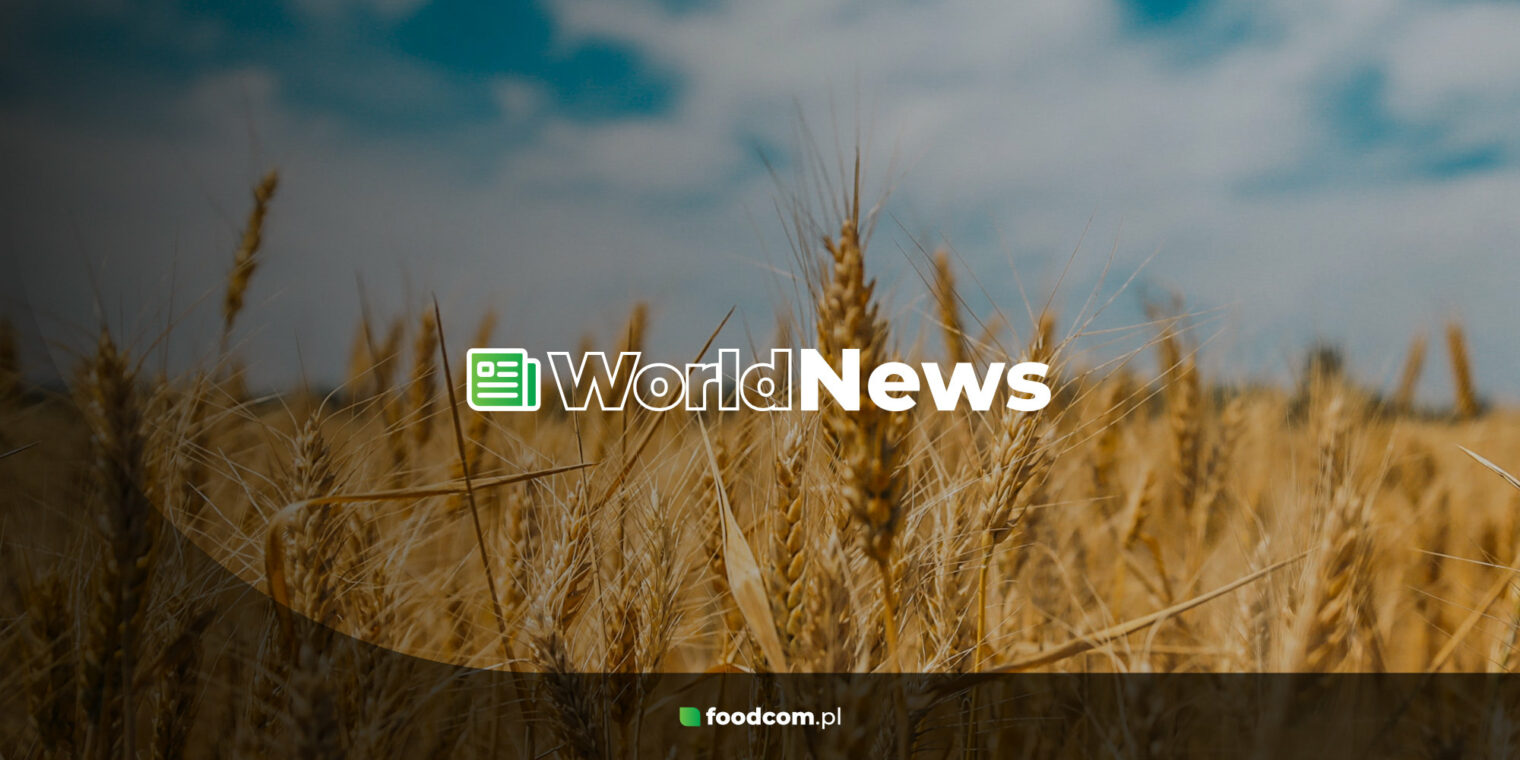Scopri gli sviluppi recenti dal mercato globale dei cereali! La produzione mondiale di cereali nel 2020 è prevista a 2,744 milioni di tonnellate, incluse 766,5 milioni di tonnellate di grano. La produzione di cereali grossolani per il 2020/21 è aumentata a oltre 1,4 milioni di tonnellate grazie agli incrementi provenienti da Asia e Africa. La domanda mondiale è aumentata a causa della richiesta dalla Cina.
Previsioni sulla produzione mondiale di cereali
Secondo le ultime proiezioni della FAO, la produzione mondiale di cereali nel 2020 è stimata a 2,744 milioni di tonnellate. I numeri sulla produzione di grano sono aumentati di 4,8 milioni di tonnellate rispetto alle previsioni precedenti, principalmente a causa di una produzione più elevata da Australia, Canada e Iraq, fissando la più recente stima totale della produzione di grano nel 2020 a 766,5 milioni di tonnellate.
Proiezioni per la produzione di riso
Le proiezioni per la produzione globale di riso sono state aumentate di 2,2 milioni a 510,6 milioni di tonnellate in totale con una produzione inaspettata in Cina, Guinea e Filippine. Tuttavia, la previsione per la produzione mondiale di cereali grossolani nel 2020 è stata ridotta di quasi 5 milioni di tonnellate a causa delle condizioni meteorologiche sfavorevoli che hanno portato a scarsi rendimenti nella produzione di mais negli Stati Uniti e in Ucraina.
Rapporto WASDE sull’offerta e la domanda
Il recente rapporto WASDE stima che il mercato del grano per il periodo 2020/2021 vedrà un aumento delle forniture, una domanda più elevata per il consumo e le esportazioni, e scorte inferiori a marzo. La domanda mondiale è elevata a 775,9 milioni, principalmente a causa dell’aumento dell’uso alimentare e residuo della Cina, che si prevede crescerà ulteriormente di 5 milioni di tonnellate per un totale di 35 milioni di tonnellate. L’aumento del consumo cinese è anche responsabile in gran parte della riduzione delle scorte globali, calcolate a 301,2 milioni di tonnellate. Le esportazioni elevate dall’Australia e dal Canada portano il commercio mondiale per il 2020/2021 a 197,7 milioni di tonnellate. La produzione mondiale di cereali grossolani per il 2020/2021 è stimata a 1.444,8 milioni di tonnellate. I numeri sono aumentati di 5,9 milioni di tonnellate a causa dell’aumento della produzione in India, Bangladesh e Sudafrica. Le proiezioni per la produzione globale di mais sono fissate a 287,7 milioni di tonnellate.







